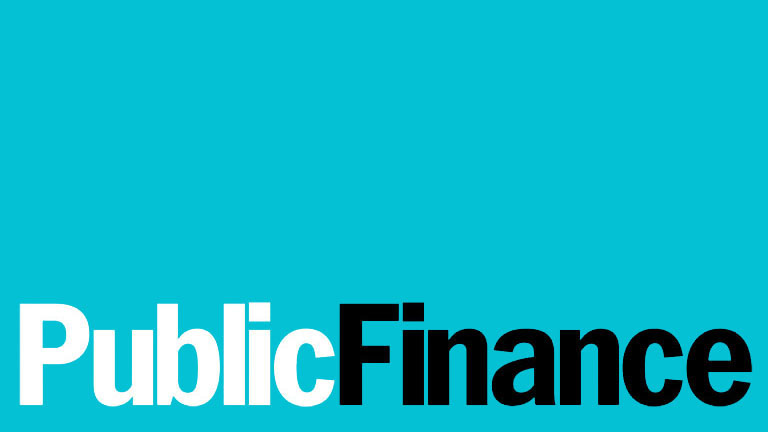By Mark Smulian | 30 July 2013
London’s explosive population growth means it needs even more public investment in transport despite competing demands elsewhere in the country, according to London Assembly members.
The assembly’s transport committee assessed the proposed Crossrail 2 project, which would cost some £12bn under its preferred ‘regional’ option, which would extend the service beyond the city into the home counties. The report forms the assembly’s response to Transport for London’s consultation on Crossrail 2.
The capital’s population is projected to reach somewhere between 9.7 million and 10 million by 2031, the committee noted. ‘The nature of London’s expanding population provides a robust challenge to those who may argue that London has received sufficient investment in transport,’ it added.
Crossrail 2 would run on a southwest to north alignment, complementing the east-west Crossrail 1 route now under construction.
It partly uses an alignment earmarked decades ago for what would have been the Hackney-Chelsea underground line.
As well as the ‘regional’ option, Crossrail 2 has a ‘metro’ option providing a local service within London. Construction costs would vary between £9.4bn for the metro option and £12bn for the regional one, generating benefits of £33bn and £49bn respectively.
Committee members backed the regional version as providing better value, but voiced concern that the routes proposed by TfL did little to encourage regeneration in the capital’s poorest areas.
The Chelsea-Hackney line would have run eventually into deprived areas of east London, but the route now chosen by TfL would head due north towards Hertfordshire.
Members felt TfL had not been candid about the data it used to evaluate the route options. The organisation needed to provide further information about its scoring methods, the committee said.
‘We are concerned that the northerly alignment of the proposed regional option could generate fewer regeneration benefits than an easterly or north-easterly alignment,’ the members said.
‘While TfL estimates the cost of an eastern branch would be £3.5bn more than the northerly alignment, it does not provide an estimated value of the benefits. Therefore, this restricts any assessment of the cost-benefit of an eastern branch against other options.
‘The limited information we have received suggests that TfL has given stronger weighting to congestion relief over regeneration arguments in its route options analysis.’
TfL told the committee it would need £300m simply to develop proposals before any construction took place.
Assembly members called for a jointly-sponsored scheme between TfL, the Department for Transport and businesses. Thy said this 'should be the template for the Crossrail 2 funding proposal, as it was for Crossrail 1’.
‘The financing model for Crossrail 2 should also acknowledge the increases in land values that will accrue to landowners and developers. A better understanding of the likely future appreciation in land values is needed to inform potential taxation levels on landowners.’
Chair Valerie Shawcross said: ‘London needs a transport network that can cope with the millions of extra passengers that will travel on our tube and trains in future.
‘The cost-effective investment needed to construct Crossrail 2 will herald sustainable rewards, potentially boosting London’s economy by up to £49bn, not to mention much-needed relief to passengers suffering on some of the UK’s most crowded services.’




















